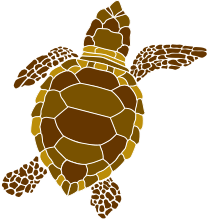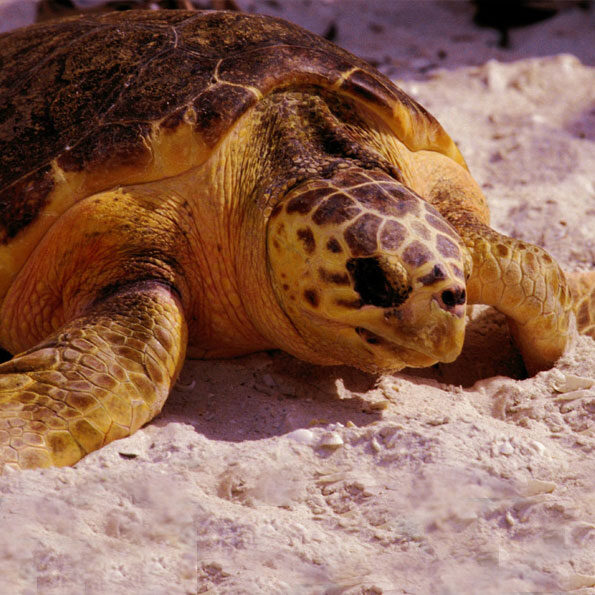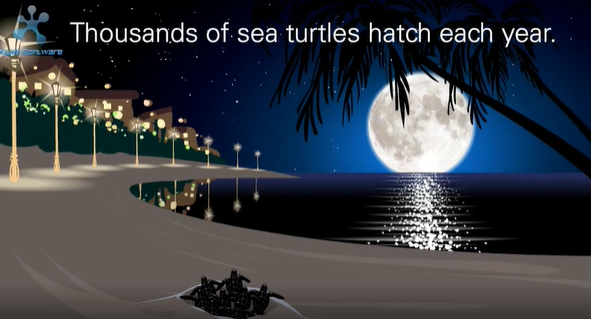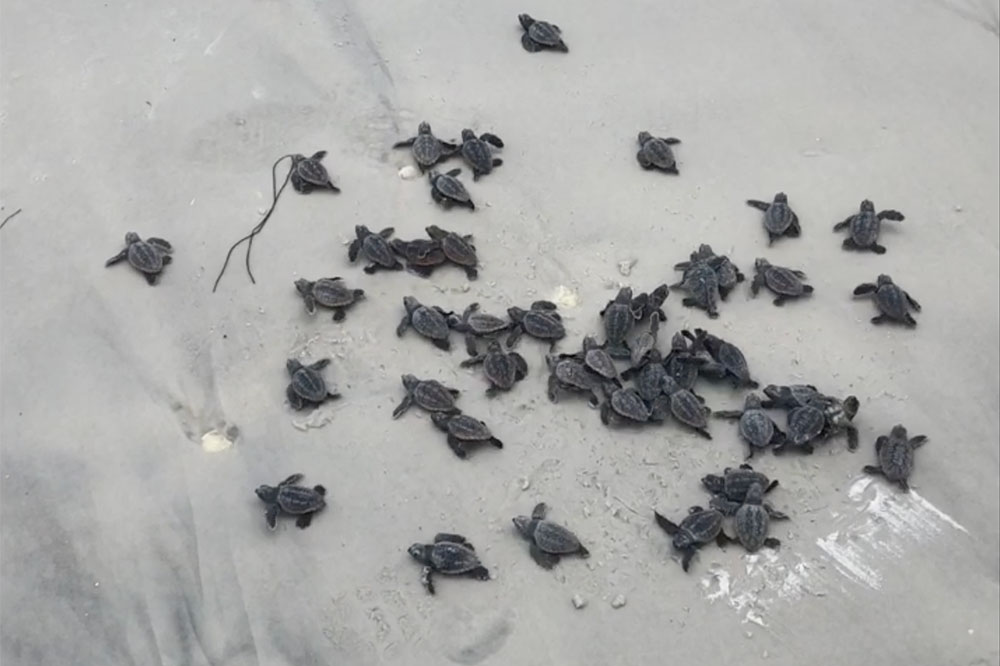Turtle Nesting Season

May 1 - October 31
Turtle nesting season is May 1st through October 31st. Please shield your lights so that they are not visible from anywhere on the beach. Replace exterior lighting bulbs with Amber LED bulbs which give you 10,000 hours of turtle-friendly light! You can find certified Amber LED dealers at www.myfwc.com. Close drapes or blinds after dark and avoid using flashlights or fishing lanterns on the beach.
Please remember, your lights can mean life or death to endangered sea turtles!
Sea Turtle Friendly Lighting:
Fort Myers Beach Sea Turtle Conservation Ordinance
Protecting endangered and threatened sea turtles from light pollution. The original draft for a Model Sea Turtle Lighting Ordinance was initiated by the University College of Law: Sea Turtle Friendly Lighting – a model Ordinance for Local Governments.
Read the background information here.
Florida Marine Research Institute Technical Reports
Sea turtle video above by David Diez
2024 Nest Data

Loggerhead Sea Turtle Facts
- Loggerheads are air-breathing reptiles, scientific name Caretta caretta.
- The common name refers to the turtle’s large head.
- Loggerheads are the most common sea turtles in Florida.
- Their food consists of mollusks, crabs and animals that encrust reefs and rocks.
- They have been on Earth for millions of years with little serious threat to the species – until recently.
- Weighing 250 – 400 pounds, adults can grow to more than three feet in length.
- Hatchlings are two inches long.
- Nesting occurs from May through August. Hatching may extend through October.
- The nest cavity is 18 – 22 inches in depth.
- Incubation period of the eggs in their sandy nest is 55 – 65 days.


